 |
|
Six-Meter Heliax Duplexer/Repeater ProjectIntroduction
Here is a list of materials that will be needed
The top of a stub will look like this when it is completed. This is how a "gimick cap" looks before being inserted into the stub. This is how the whole assembly looks in a cut away view.
73's |
||||||||||||
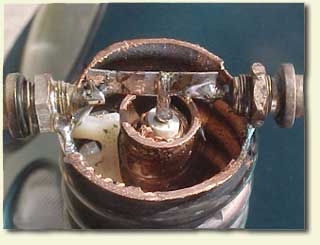
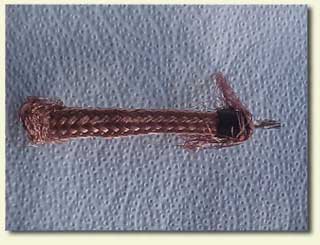
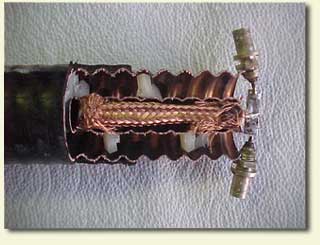
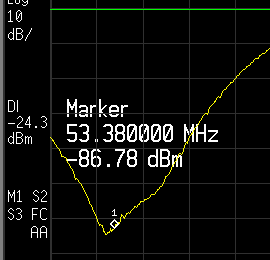
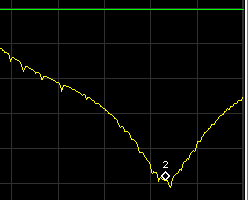 Click to view full-size charts
Click to view full-size charts